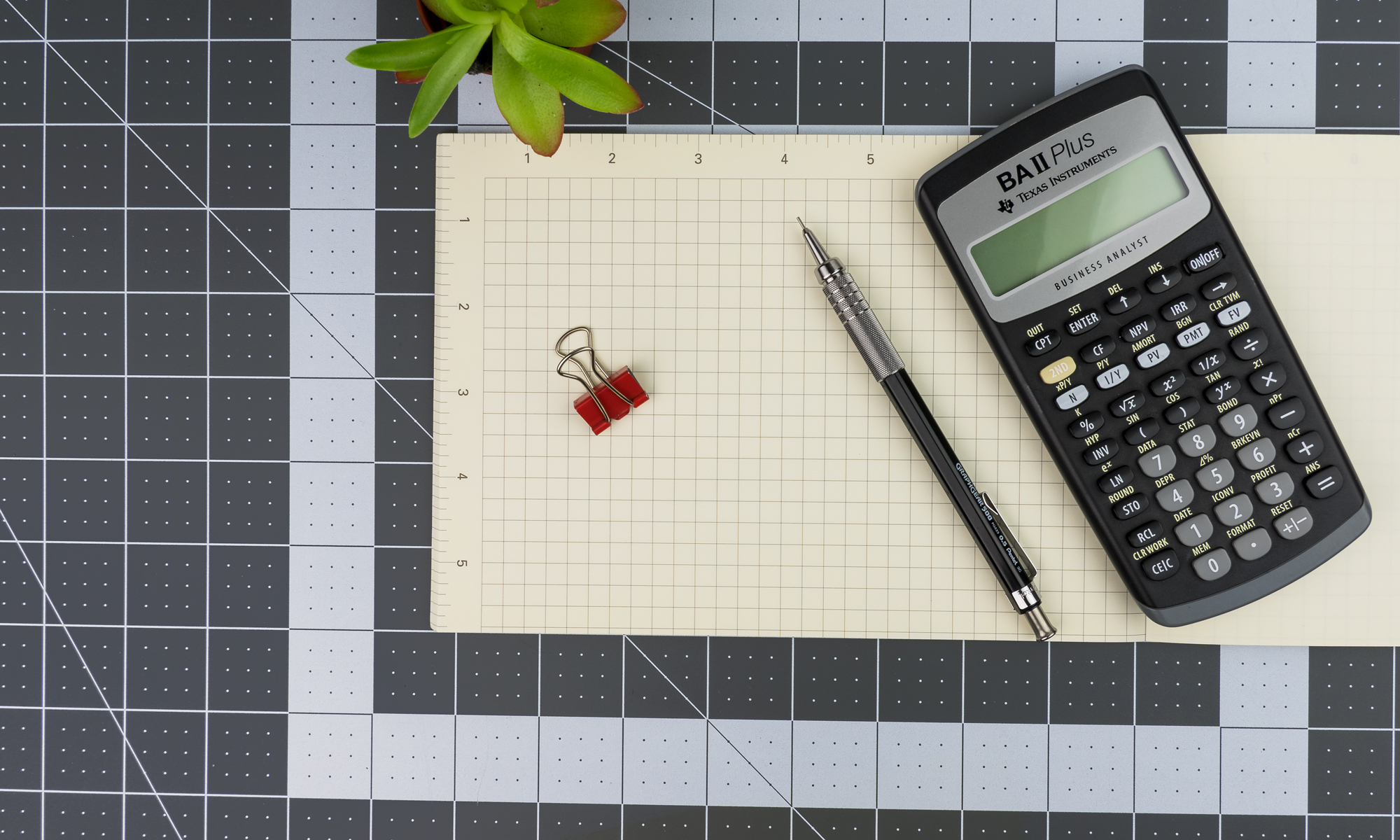
Lena Dunham has been called an exhibitionist, which is probably true, but what do critics mean with this label? If frequently appearing nude on camera makes you an exhibitionist, then most actresses, models, and a lot of sexting teenagers would be considered deviants. What most commentators probably mean is that she enjoys revealing her “imperfect” female body, throwing it in the audience’s face in a way that seems jarring not because of the nudity itself but because of the “excess,” unstylized flesh. Additionally, she is using her own body as a tool. No middle-aged director is forcing her to take off her top. She is choosing nudity, which somehow makes the sight of her naked flesh seem raw and unsettling. One of the more interesting details that emerged in the media cacophony surrounding this show was a tidbit about Dunham’s on-screen fashion: she tries Hannah’s clothing on with Spanx and then removes the Spanx so that everything fits just slightly off. Sex and the City—the show which is like the tacky mother that influenced Girls yet which Girls defines itself against—used the naked, and excessively fashioned, female body to delineate character, but the characters were always dressed or undressed to appear as sexually attractive as possible. Girls is working in the opposite direction, making the bodies seem more naked than nude. Consequently, the show is much, much naughtier.
This would not be a novel phenomenon if we were discussing Culture with a capital CULTURE. Over the past forty years, countless female visual and performance artists have made nudity one of the oldest feminist tools in the oldest vagina-shaped toolbox. In response to the hoary artistic tradition in which the nude female body was rendered passive, contained, and, consequently, depersonalized by the male artist, female artists like Karen Finley and Annie Sprinkle (with many more before them) began reclaiming their bodies as material bodies—bodies that shit, piss, bleed, and fuck. Cindy Sherman, who currently has an extensive retrospective at MOMA, seems tamer than some of this shock-value feminist art, but she managed to use her body as a subversive and multifaceted tool. Like Dunham, Sherman is her own model, photographer, and costumer, often occupying the position of both the male artist and the female subject. In her frighteningly sad aging socialite series as well as her centerfold and grotesque works, Sherman has also, like Dunham, used her own body to call attention to the unavoidable materiality of the body.Obviously, women using their bodies as artistic tools is then not new to Culture, but it’s pretty damn new to pop culture. Women in contemporary pop culture have been shrinking their bodies to the point that most actresses are practically indistinguishable, especially the really young girls. Can anyone actually tell Selena Gomez and Demi Lovato apart? While the “real women have curves” slogans thrown around regarding Girls are, of course, overly simplistic, it is nice to see women (that are not the fat, sexless friend) with at least slightly varying body types on television; however, what is more interesting is seeing the female body as an actual sweaty, smelly body in a setting other than MOMA.
The first two episodes of Girls prominently feature the unsettling realities of the female body. Having “an abortion party,” AIDS jokes, and Cabbage-Patch-infused dirty talk in the second episode is proof that we are not in Sex and the City’s Manhattan anymore. Hannah’s sexual problems with Adam are obviously related to the fact that she is getting no pleasure from the encounter because, schooled on porn, Adam is basically just masturbating with her body as a prop. But what differentiates these scenes from porn is the bored expression on Hannah’s face and her awkward responses. She isn’t pretending to enjoy the SURPRISE! anal sex or the pedophilia dirty talk. This may not be an entirely realistic female reaction because most women learn early on that young men tend to get defensive and super sensitive when you don’t at least pretend to cum, but her reaction is remarkably funny and makes her body appear more naked because it’s attached to a thinking brain.
The entire second episode is structured around abortion and AIDS, so we are obviously in the land of the unsexy, physical consequences of sex. I do find Jessa’s discovery that she is not actually pregnant a bit of a copout and also weird because you can’t schedule an abortion without the doctor performing a pregnancy test first; nevertheless, reality aside, I thought the introduction of menstrual blood into the show’s first sexy instance of sex was a nice touch. The reality of the female body makes itself known, yet it is clear that this blood isn’t going to stop Jessa. She and her hookup both appear turned on by her dirty, unsanitized female body.
On the other end of the sexy spectrum, we have Hannah on the gynecologist’s table. Nothing makes your body seem less sexual and more utilitarian than a trip to the gynecologist. No conversation you have with your crotch exposed is ever not awkward, but Hannah’s AIDS monologue is particularly, brilliantly uncomfortable. Not only is it a great statement of Hannah’s extreme fear of having to assume adult responsibilities but it highlights the corporality of a body that could get a disease from “the stuff that gets up around the inside of the condom.” When she says that the doctor’s touch hurts but only the way it should, she could be talking about sex, her burgeoning adulthood, the actual fingers of the doctor, or all of the above, but she is saying this with her legs in stirrups. You can’t divorce her physical body from any of these sources of anxiety, and this is the point of an episode called “Vagina Panic.” Shows like Girls (or movies like Bridesmaids) may not be perfect, but they are bringing the sensibilities of artists like Sherman to a larger audience, revealing living, breathing, fucking women. Right now, that’s enough for me.

